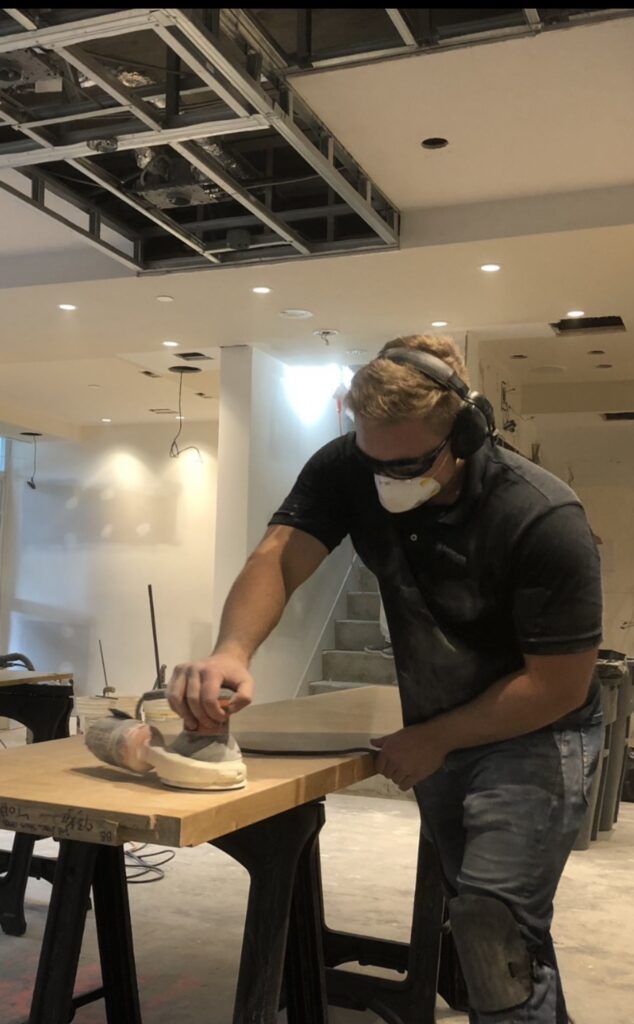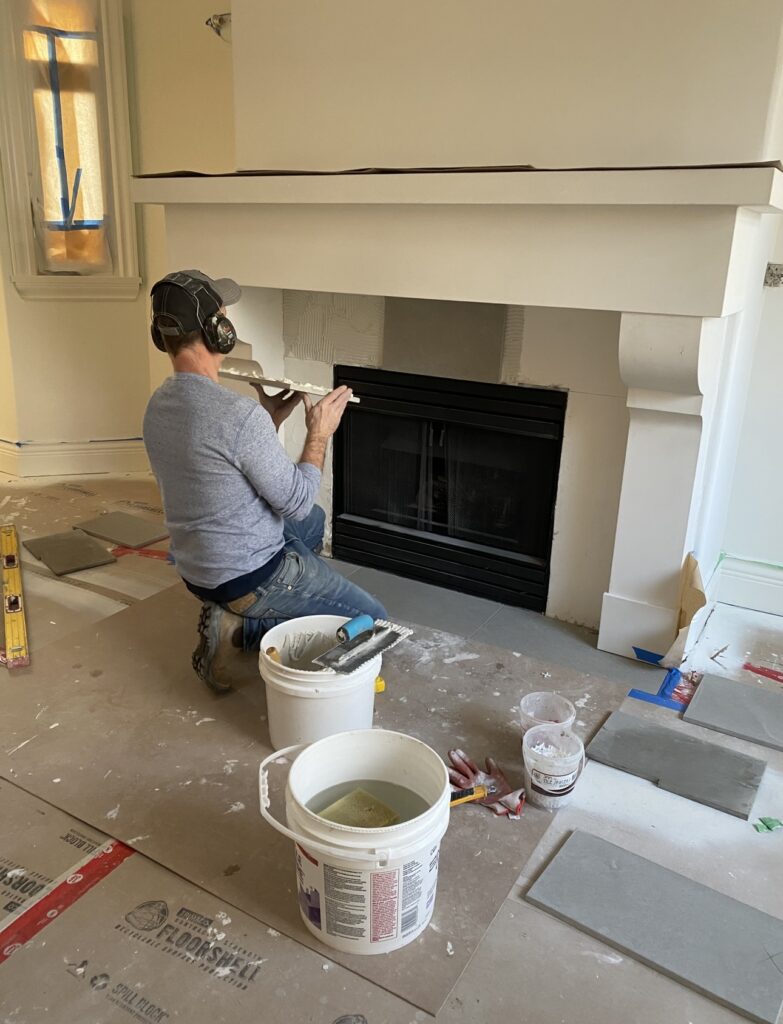As experienced builders, we understand that the success and longevity of our work depends on the quality of craftsmanship that we deliver. The importance of craftsmanship in renovation work cannot be overstated, as we marry new products and materials to existing, newly modified substrates. However, achieving and maintaining superior craftsmanship relies heavily on the skilled tradespeople who translate the architectural, design and engineering blueprints into reality. In this article, we will explore the significance of craftsmanship, discuss strategies for selecting, inspiring, and retaining qualified tradespeople, and underscore the profound impact of their work on our projects and our profession.

Craftsmanship is the embodiment of quality, precision, and dedication in every aspect of construction, from the laying of a foundation to the finishing touches of a building’s interior. It is the hallmark of a job well done, reflecting the care and expertise invested by tradespeople. In renovations, craftsmanship is not merely a desirable attribute – it is essential. It defines the aesthetic and functional integrity of a structure, shapes its character, and influences the experiences of those who inhabit or interact with it. As such, the pursuit of superior craftsmanship is a central tenet of our profession, guiding our quest to create enduring, inspiring spaces.

The foundation of exceptional craftsmanship lies in the hands of skilled tradespeople, whose mastery of their respective crafts is indispensable to the realization of our architectural visions. Selecting the right tradespeople is a critical first step in ensuring the quality of our projects. When seeking to partner with tradespeople, we must prioritize not only their technical expertise but also their passion for their work, their commitment to excellence, and their ability to collaborate seamlessly within a team. By conducting thorough evaluations of potential partners, including reviewing their portfolios, inspecting their past work, and obtaining referrals, we can identify those whose values and capabilities align with our commitment to superior craftsmanship.

Once we have assembled a team of qualified tradespeople, our responsibility as General Contractors or Construction Managers extends beyond mere oversight. We must inspire and empower them to deliver their best work, fostering an environment that encourages creativity, problem-solving, and continuous improvement. Providing clear, detailed plans and specifications, offering open lines of communication, and demonstrating a genuine appreciation for their contributions are essential elements in nurturing a culture of craftsmanship. Moreover, by actively involving tradespeople in the design and planning process, seeking their input, and recognizing their expertise, we convey the message that their role is integral to the success of the project.

Retaining qualified tradespeople who are dedicated to their craft and committed to delivering exceptional work is paramount to our ability to consistently uphold our promise of quality. Building enduring relationships with tradespeople, valuing their expertise, and fostering a culture of mutual respect and collaboration are fundamental to retention efforts. By offering better than competitive compensation, providing opportunities for professional development, and acknowledging their contributions, we can create an environment where tradespeople feel valued and invested in the success of our projects.
The impact of superior craftsmanship on our work and our business cannot be overstated. It distinguishes our projects, enhances their value, and contributes to our reputation as contractors. Clients, too, recognize and appreciate the difference that exceptional craftsmanship makes, as it directly influences the functionality, durability, and aesthetic appeal of their buildings. By consistently delivering on our promise of quality through the efforts of skilled tradespeople, we strengthen our position in the marketplace and earn the trust of our clients.
